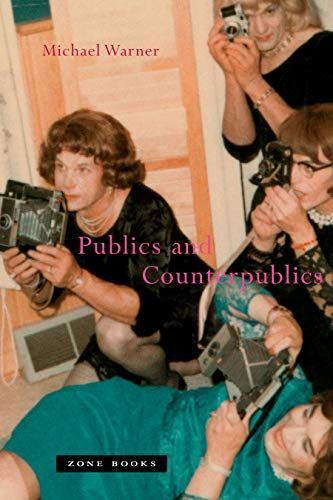
Reviews
Val Moon@valmoon
Highlights
Peter Schoppert@katong
Page 107
Peter Schoppert@katong
Page 89
Peter Schoppert@katong
Page 81
Peter Schoppert@katong
Page 76
Peter Schoppert@katong
Page 71
Peter Schoppert@katong
Page 70
Peter Schoppert@katong
Page 60
Peter Schoppert@katong
Page 55
Peter Schoppert@katong
Page 26
Peter Schoppert@katong
Page 26